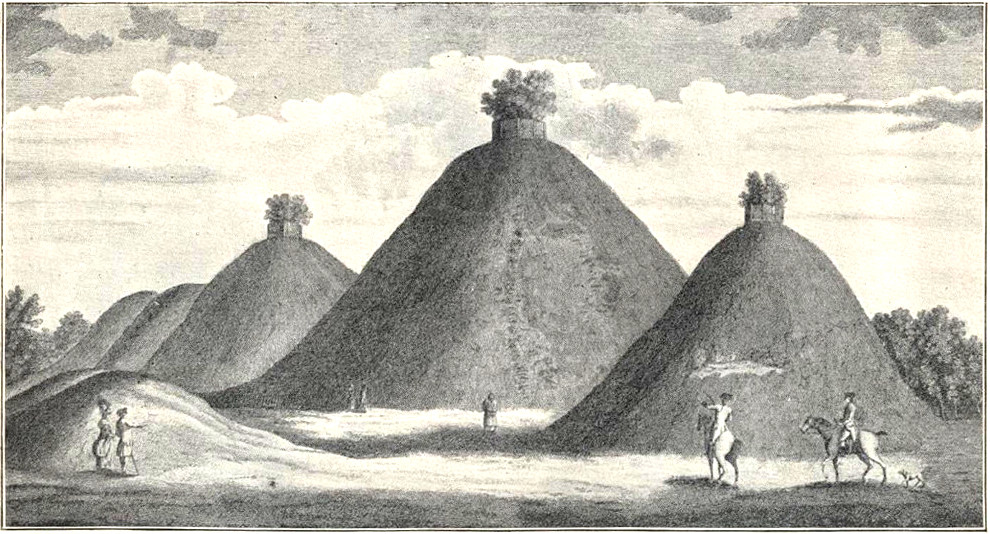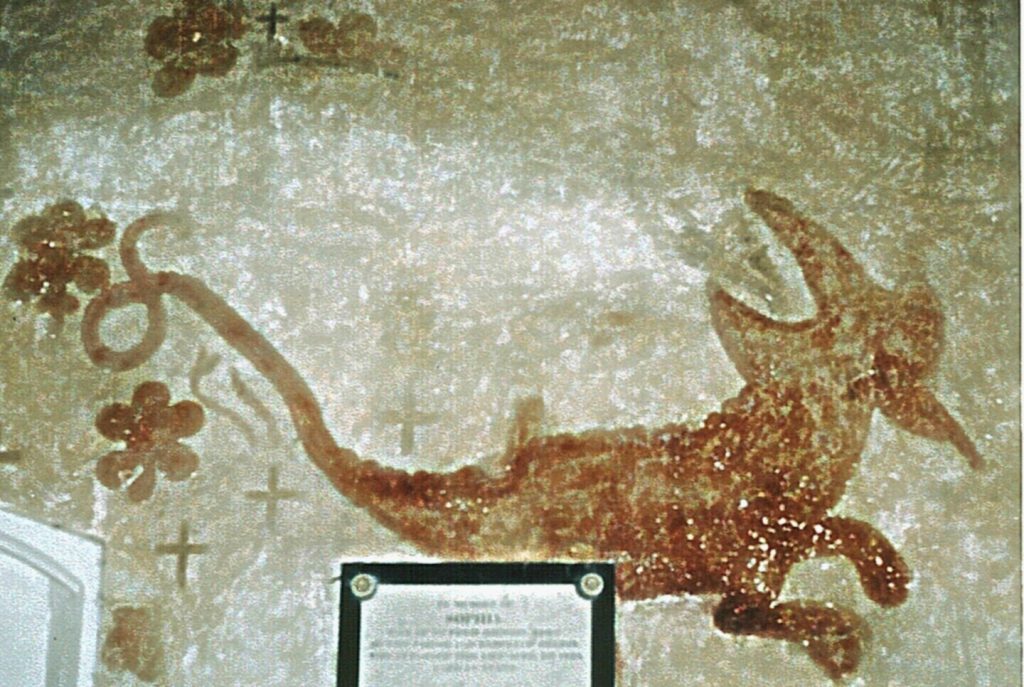South from Linton is the village of Bartlow on the edges of Essex. Here in the centre of the village, hiding behind the trees are the largest Roman burial mounds in Britain and it is said, the largest North of the Alps. Inside these Roman burial hills were chambers containing the cremated remains in urns.
Excavations from 1832 found all seven mounds contained grave-goods of roman glass, bronze and enamel; sadly these are mostly lost due to a fire where they were stored in 1847. To seek these hills out the best route is from the footpath from Camps Road, into the churchyard and following the path left, some 200 metres up ‘Tin Alley’, where you will cross over a young stream tributary of the River Granta and over an old, and now defunct railway bridge.
Then you will be confronted with the fifteen metre high mounds. There are now four large mounds left out of seven, three easily assessable with steps leading to the top. They date from the latter end of 1st Century AD into the 2nd and it’s likely they were made for Romanised British nobles in the area, likely rich from arable farming. A villa is known to have been in the area around the mounds until the 4th century.

In 1865 when the railways came to the area the route destroyed three of the hills and the spoil used to level off different areas of the railway line with embankments. The station in the village served two different lines, one from Great Shelford and one from Audley End, both axed in 1967 and the tracks removed. The church in Bartlow, dedicated to St Mary, is a rarity, one of two round towered churches in Cambridgeshire.
There are three main wall paintings in the church and date from the 1400’s. The church interior is likely to have been whitewashed with the Reformation from the 1530’s, there being no mention of them in 1643. Since then, some of the wall paintings have been uncovered, one noted by Olive Cook in 1953: “The round-towered church is known for it’s frescos, though they are now no more than shadows.’” The paintings look to have been cleaned up since Cook visited, but not to a great extend. St Christopher is seen with the Child, Christ on his left shoulder.
